I was trying to understand DDR, Trace-length, and signal integrity.
Most of the datasheets, For example, iMX8M Mini (Doc: IMX8MMHDG) clearly specifies what are the requirements for the each signal in the DDR interface.
However, if you see, for the clock (CK_t/CK_c) the maximum propagation delay allowed is 200ps. On PCB, wave propagates roughly at 6ps per 1mm velocity. So, for 200ps, maximum trace length will be 33mm.
iMX supports up to 1.5GHz clock, (3000MTS). And many PCs support almost same or slightly higher clock rate.
Here is my doubt, I have opened many mother boards to replace DIMM (dual in-line memory module) RAM. I often see that; those DIMM slots will be far away from CPU. How can they maintain signal integrity, even after placing CPU and DIMM slots so apart?
